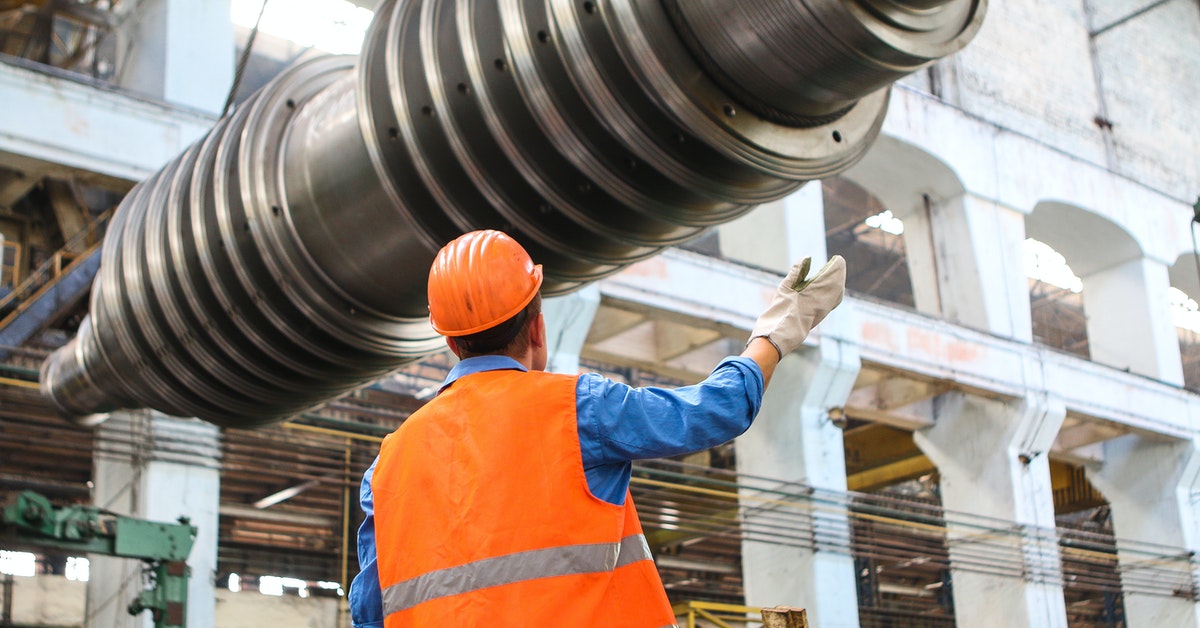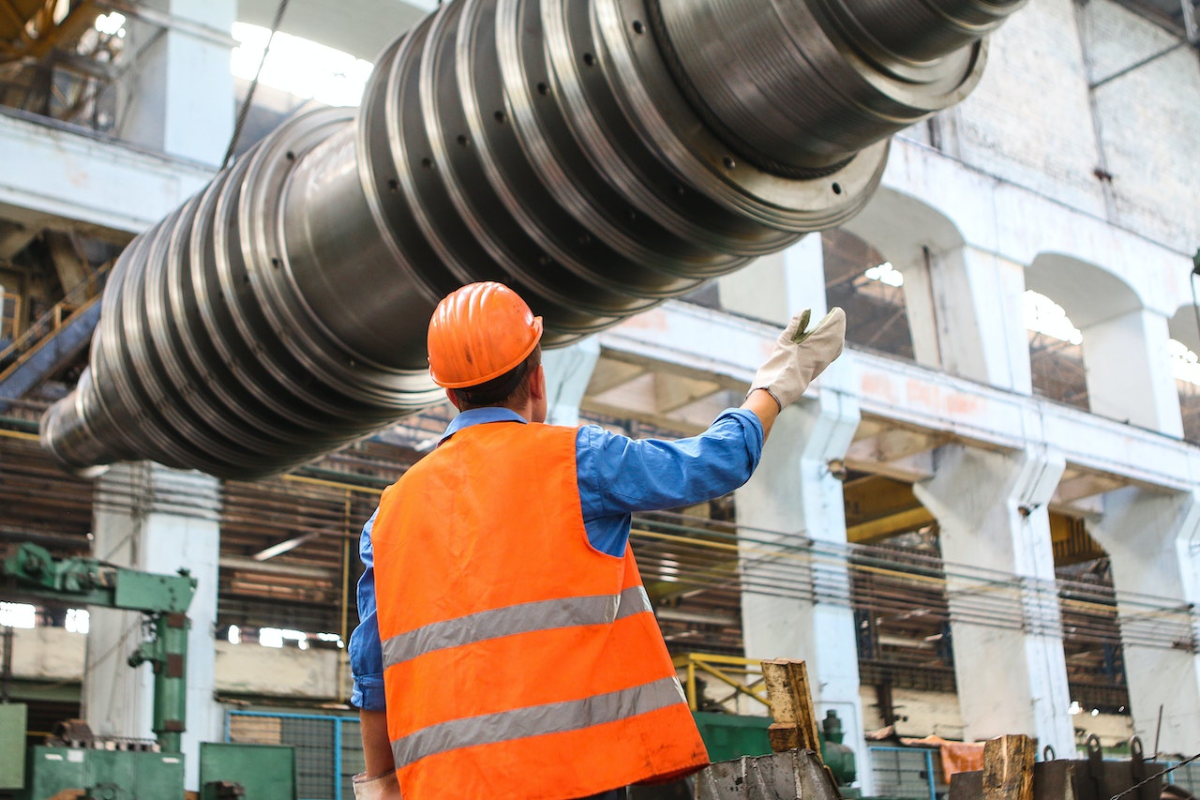The list of to-dos for a typical construction project is almost endless, and no business can afford to miss any of them. Amid so much that needs to be handled, construction site safety often takes a backseat. However, this is the worst mistake that a manager can make as accidents can cost a fortune in terms of loss of productivity, employee dissatisfaction and reputation damage for the business. Moreover, accidents at construction sites often have the potential to be life-threatening. So it makes sense to go the extra mile with safety, without missing out at any moment. Fortunately, just following the best practices for construction safety can have your projects covered to a significant extent.
Here is a checklist that you should stick to.
Best Practice #1: Awareness
Every worker, regardless of their role or experience level, should be aware of the possible hazards on-site before setting foot there. Ignorant employees are perhaps the biggest peril as their inadvertent mistakes can put everyone else and the entire project at risk. Ideally, every person should understand the perils at hand thoroughly and sustain a state of alertness at all times. Creating a standard safety checklist is vital, and following it, as a rule, is even more important. Make sure that everyone around is aware of the risks related to their jobs and also understand the preventive actions to manage and control them effectively.
Best Practice #2: Training
While construction workers can gain several skills on the site, safety is something they need to learn in advance. As a business owner, you need to create a proper training program that covers every single worker on-site. New labourers should be educated about the standard safety and security practices, while the older ones should be given regular refresher courses to keep them updated and alert. The training sessions should be designed to include the simplest aspects to the most complex ones so that the team is focused on preventing incidents and addressing them if they still happen. An investment in a training program is a small price to pay, considering it can save you from hefty expenses in the long run.
Best Practice #3: Communication
Mishaps often happen when workers do not have clear expectations. Staying a step ahead in terms of regular communication can keep the individuals and the team safe. Direct discussion of daily goals and activities minimises surprises that could lead to accidents. Construction businesses should invest in devices, such as smartphones, walkie-talkies, and headsets, to facilitate efficient communication among the team members. Having a project management solution in place can take things to the next level as it can keep everyone on the same page, right from the start to the end. Apart from ensuring safety, clear and concise communication makes the project more efficient and faster and cuts down the chances of errors.
Best Practice #4: Proper equipment
This one is a no-brainer as proper equipment is essential to the safety of your people on the site. Giving workers the proper equipment creates a culture that prioritises site safety. Not doing so, on the other hand, increases the accident risks even with the best people around. You need to ensure that the equipment on-site is apt for the task at hand and also well-maintained at all times. Apart from the right equipment, safe working conditions are equally important. It has become a tad more crucial in the pandemic era when businesses need to go the extra mile to prevent the spread of the contagion in addition to minimising the regular safety risks on-site.
Best Practice #5: Documentation
While having safety standards and practices in place is vital, it is equally important to maintain documentation of everything you have implemented on-site. These are required from the legal perspective as you will have to arrange proper registrations and licenses before starting with the project. Also, supervisors and contractors responsible for critical tasks, like blasting, should give valid evidence of their certification. These practices will not only prevent accidents but also protect the construction company from public scrutiny and legal action. When it comes to documentation, cloud-based project management platforms make a great option for businesses that want the information to be located in a shared space.
Best Practice #6: Supervision
Apart from comprehensive documentation and strong communication systems in place, proper supervision by experts keeps your company ahead on the safety front. Every project site needs to be driven by a strong supervisor who is capable of implementing stringent safety standards as a rule with no exceptions. This leader will be responsible for keeping a tab on the entire workforce throughout the day and correcting people who fail to follow the safety procedures and measures.
Best Practice #7: Transparency
Attempting a cover-up for safety breaches is the worst thing that any construction company or project manager can do. Hiding accidents from the public and the client can tarnish their reputation because the truth will come out more often than not. Being transparent and honest gives you the breathing space because everyone understands that this is a risky domain, and mishaps may happen despite the best precautions and measures in place. Also, you should take lessons from every incident and take adequate steps to correct the situation. Investing in modern safety techniques, along with the implementation of proper project management solutions, can cover your business to a significant extent.
Best Practice #8: Innovation
Despite the prevailing risks in the domain, reputed construction firms have gone a long way in curbing the accident rates by devoting extra resources to ensure employee safety. These resources go the extra mile to bring innovation in field practices and procedures. Although innovation may require some investment today, the results it delivers are worthwhile and keep coming for years ahead.
Following these best practices for ensuring the safety of your construction site puts your company in a good place. Safety should not be a one-time initiative, but it should be the way you operate the business, every single day, and for every single project that the company works on.

